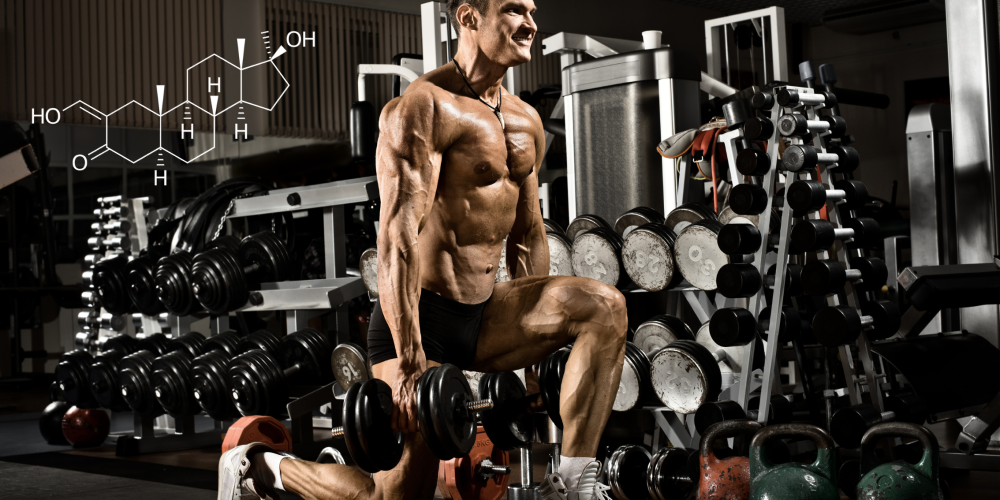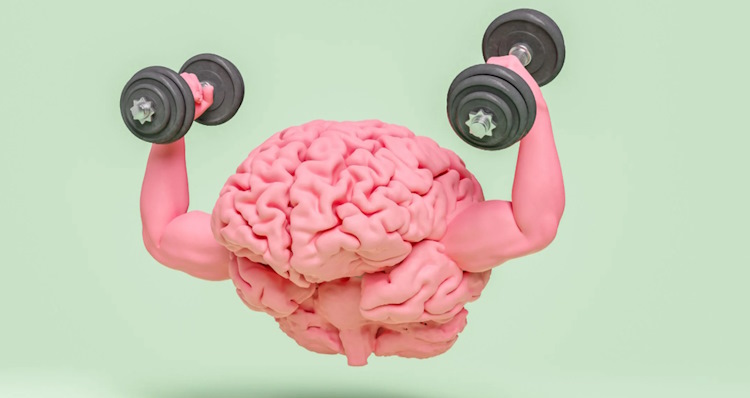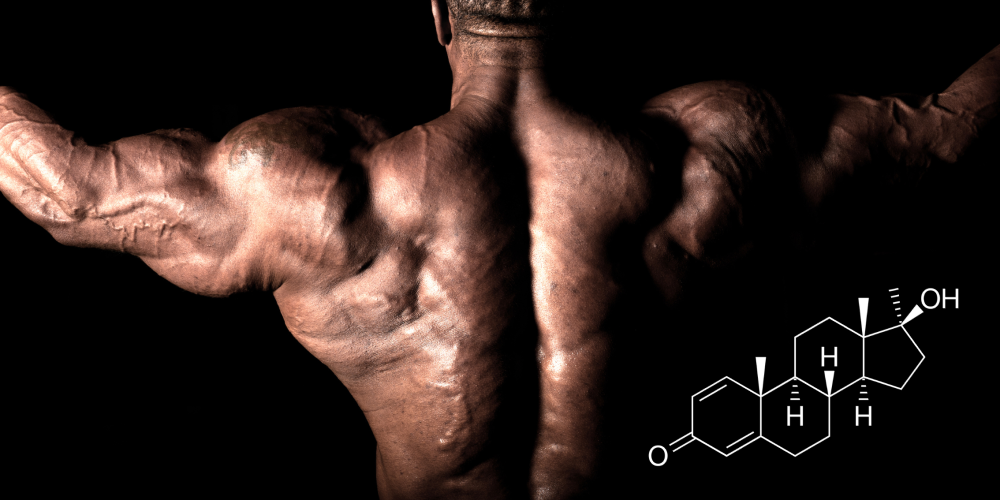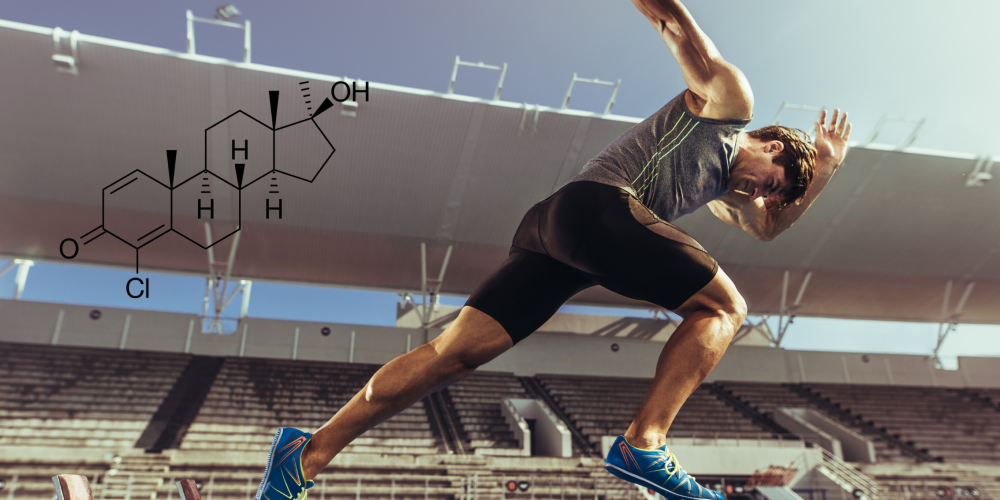The gym in real life
This is the scenario if you walk around a gym today: there aren’t many people who are extremely muscular. Others are really thin and struggle to gain muscle. The rest fall somewhere between these two groups. There are many people using steroids, especially at “hardcore” gyms. Many of them aspire to grow as big as the “elite” at the gym. Unfortunately, even if they use the same steroids, that doesn’t actually work. They take even more steroids because of this, yet it has no effect.
Once more, a genetics-related question? It is not the case if you are referring to “genetics” in the traditional sense. The mesomorph body type, which includes many of the more muscular guys, should produce the best outcomes. However, they don’t achieve the same outcomes as the “elite” in the gym.
Often, the gym’s “elite” cannot assist in that situation. They have long been using their steroids, and they reported that they had no problems with them. Their personal training experience has given them a lot of useful advice. But for those looking to put on additional muscle, these “tips” are useless.
People who struggle to build muscle mass generally have a sizable library of books and publications. There, they look for the winning strategies. However, they won’t find any answers, and the abundance of information they will discover in the publications may even frighten them!
They partially test new super programs that have been published. Some are successful while others are not. Their objectives will only occasionally be achieved.
The additional tips to optimize their food or to test a new supplement – doesn’t really work. They take supplements that worked great for others, but they will only get a minor effect.
They continue their search and read about the two polar opposite subjects of HIT and volume.
The majority of articles focus exclusively on “volume training.” However, eventually they come across HIT Training, which ought to be the answer for slow gainers. They try HIT for that reason. Although it seemed easy, the training proved to be really challenging.

HIT basis
The foundation of HIT is the idea that a brief, intense workout is sufficient to promote muscle growth. One set each exercise is thought to be sufficient for this reason.
Muscles grow during rest, not exercise. One of the highest principles is that there should be more days of leisure than training.
Nobody is concerned with the “pump effect.” It should not be interpreted as a sign of muscle growth but rather as a simple accumulation of lactate within the muscle.
Because you can only reach your maximum once, the number of sets is decreased to one for each exercise. More than one set for each exercise is sometimes advised by trainers, however the issue is the same as with volume training. Nobody has a solid reason for it.
In the HIT theory, repeated sets are useless, they merely reduce your body’s ability to regenerate.
HIT stands for high-intensity training.
The world’s first training machines, the Nautilus machines, were created by Arthur Jones, who also came up with the fundamental concept. Coincidence led to the HIT concept.
When he received the funding, he continued to develop HIT and began several intriguing experiments.
Arthur Jones mentored elite bodybuilders like Mike Mentzer and Casey Viator at the start of the 1970s.
In a short time, Jones got some athletes into remarkable shape. The specialized publications were something else, and the findings pointed to different truths.
After selling the Nautilus Company, Arthur Jones seemed to have no more interest in bodybuilding. Almost no one talked about HIT anymore.
Mike Mentzer was the only athlete that stayed on it. He exemplified the idea that one set is sufficient for each activity. With the ascent of Dorian Yates at the start of the 1990s, HIT came back to life. Yates quickly finished in second place at the Mr. Olympia competition, and the following year, he was crowned Mr. Olympia.
HIT or Volume?
Entire books can be filled with these disputes.
- HIT is currently seeing a rebirth as a new craze. It is covered in at least one article in every fitness or bodybuilding magazine.
- There are no doped athletes who have more success with HIT than with conventional volume training.
- Sometimes it isn’t called HIT, but if a training regimen involves three or fewer brief exercises per week, it is HIT.
With HIT, it is true that only one quick, powerful contraction is necessary to promote muscle growth. The aspect of resting is also crucial. Only during the recovery phase, not while exercising, a muscle grows.
With volume training, the relaxation factor is the limiting factor, because if you start too soon, the muscle will not have enough time to rest and expand. Growth will initially slow down before eventually stagnating over the long run.
Due to this, HIT became the popular recommendation for those who had reached a plateau after years of volume training.









